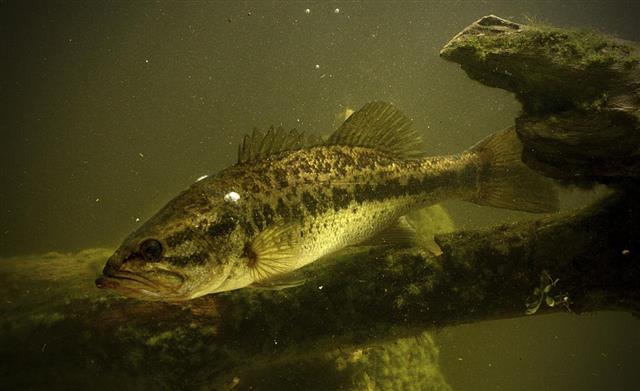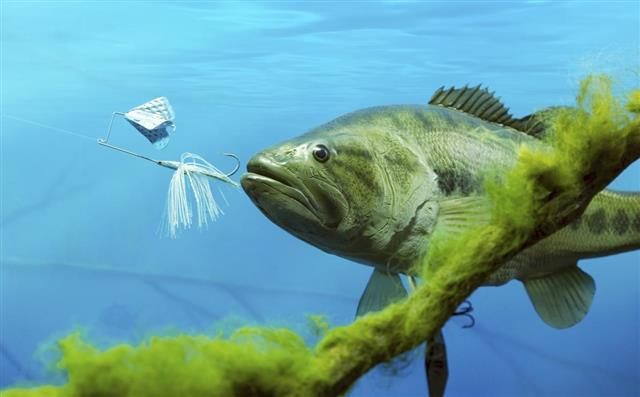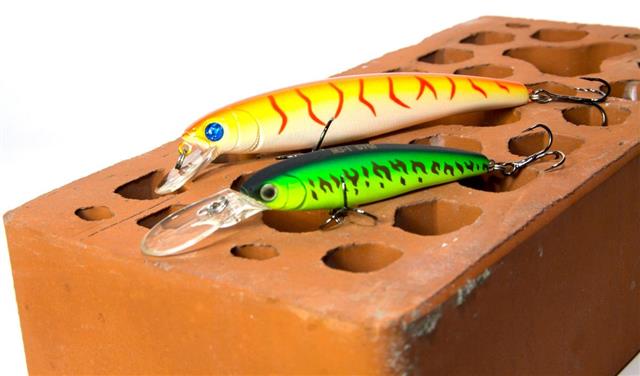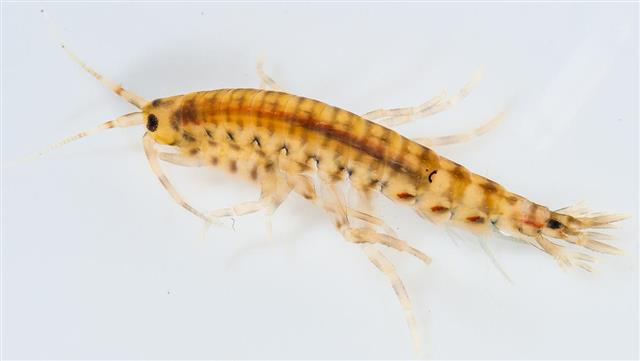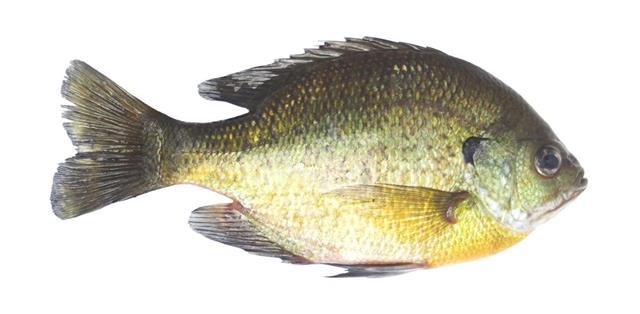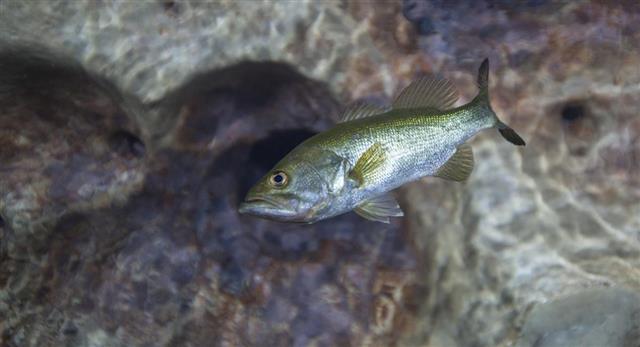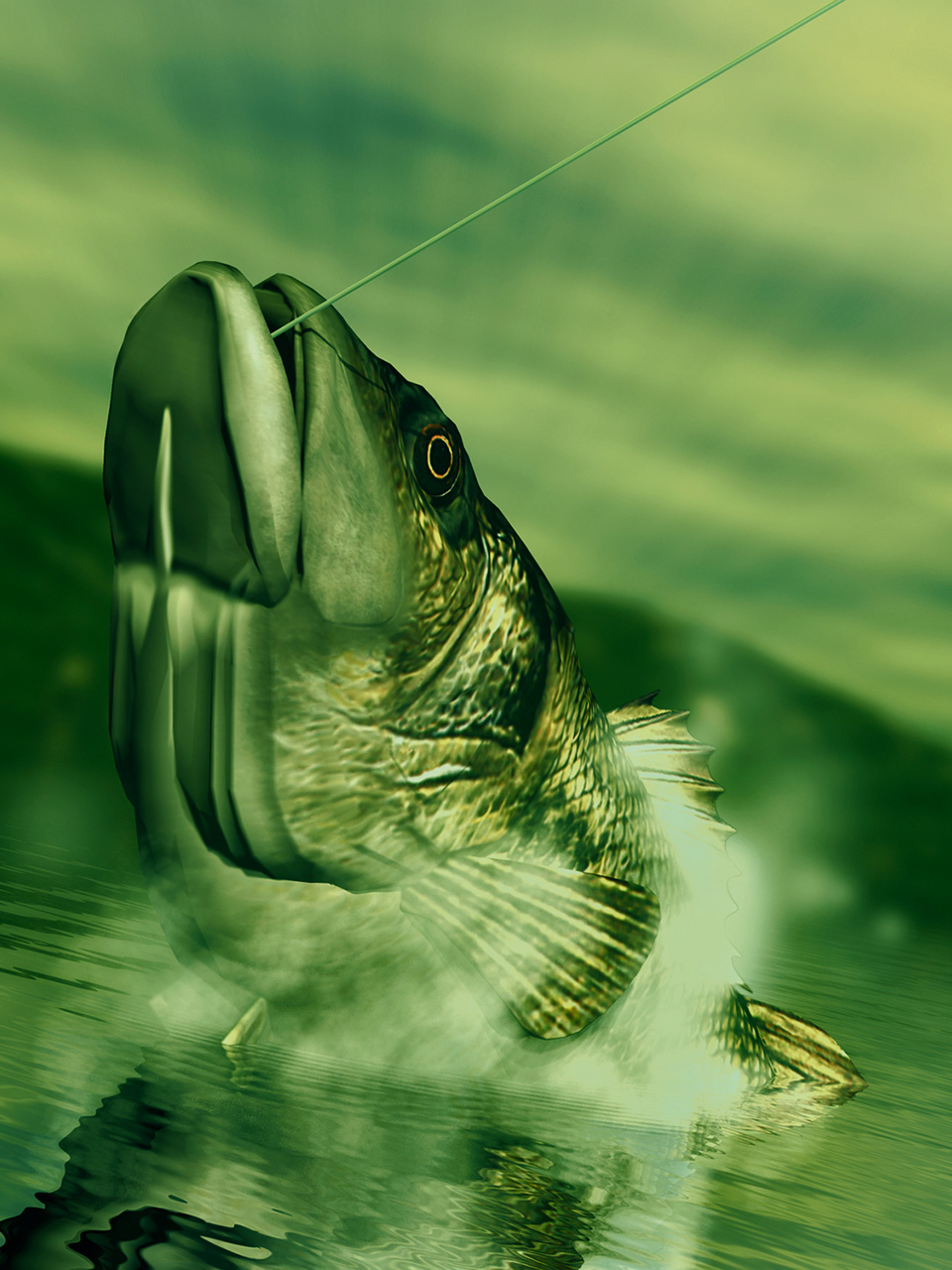
Tap to Read ➤
Largemouth Bass Facts
Omkar Phatak

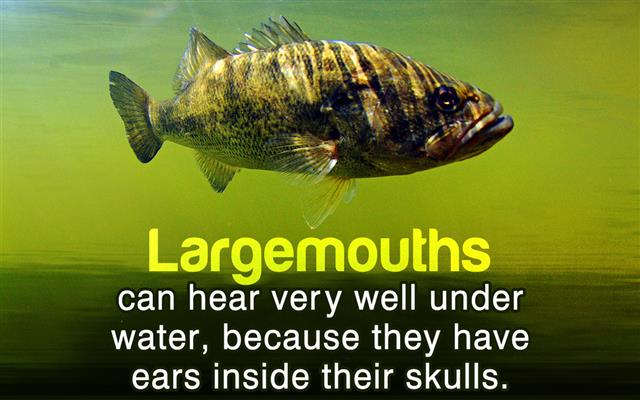
Largemouth bass, the state fish of five US states, is a popular catch. They are fierce predators of the freshwater lakes. Read on to know some interesting facts about them.
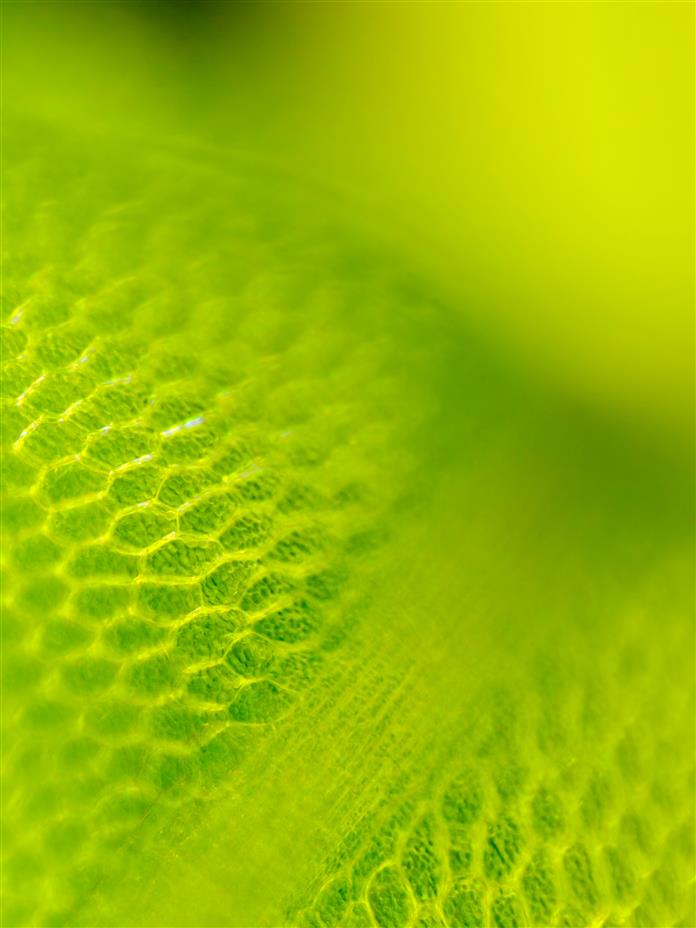
Largemouth bass belongs to the sunfish family. Its scientific name is Micropterus Salmoides, which officially declares it to be a sunfish. It is also known as widemouth bass, black bass, Florida bass, Florida largemouth, green trout, Oswego bass, southern largemouth, and northern largemouth too.

The multiplicity of names itself, tells you a lot about their popularity and abundance. (Florida and Northern largemouth are two different species actually, as we shall see later.) Fishing them is a popular activity, throughout United States of America.
Physical Description
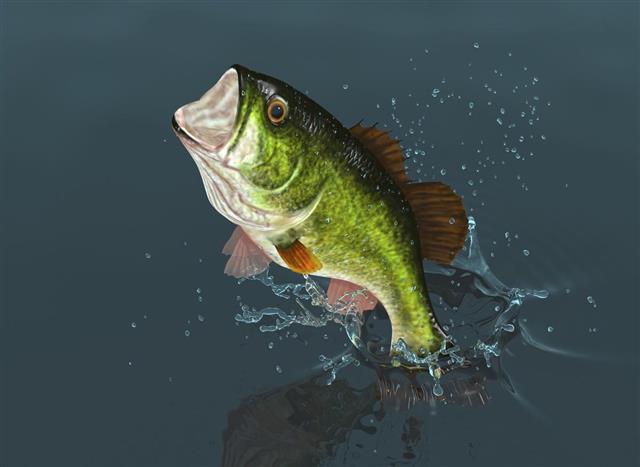
Here are some facts detailing their physical description, appearance, and lifespan.

- These fish are olive green in color, with a horizontal stripe of dark blotches, along each of their flanks. The green shade varies, according to the kind of water they are in, ranging from deep green to pale olive. They obviously have large mouths, which gives them, their name.

- This is the biggest of all the black basses, growing to a maximum length of 29.5 inch (2.5 feet).
- The heaviest caught largemouth weighed about 24 pounds and 9 ounces, which is about 11.1 Kg.

- The distinguishing feature of this fish is its jaw, which is known to extend beyond its eye.
- If this fish is lucky enough not to be caught, then it can live for about 16 years, on an average.

- Biologists have found two species of this fish, the Florida and Northern largemouth. Both species look alike, but the only difference is that Florida largemouth is heavier and grows to a larger size than the other one.
- They are perfect predators and are known for their clarity of vision, under water. They can see things in color and observe through about 100 feet of water, provided it is clear.

- They can also hear very well under water, due to the ears inside of their skulls. So, if you are fishing for them, keep the noise down.
- They have a keen sense of smell, which can be used by fishermen, to lure them by using scented baits.

Spawning
- This fish starts spawning by age three and prefers habitats, which are at a temperature of 68°-72° Fahrenheit. The male builds a nest at the bottom of a habitat, by fanning his fins.
- Females deposit as many as 2,000 to 100,000 eggs, which hatch in about six days.

- Interestingly, the male bass protects the eggs and the young ones for some time, till they are ready to leave the nest.

Habitat
It is a freshwater fish species. Many rivers and freshwater lakes are populated by them. Interesting facts about their habitat are presented here.
- These fish were first discovered on the east of the Mississippi river and in the southern parts of the Great Lakes.

- Due to their popularity, stocking programs were established, which spread their habitat all over United States of America, including Hawaii.
- It is found in southern Canada, Mexico, Europe, Asia, Africa, and even South America.

Foraging
The rule in the animal world is simple, eat or be eaten. These are some interesting facts about their foraging activities.
- Adults are known to be apex predators in their own habitats. They can prey on bluegills, crayfish, snakes, and salamanders.
- The babies feed on bait-fish, insects, shrimp, and scuds.

- It can be a formidable predator and using all senses of sight, smell, vibration, and hearing, it can pounce on any unwary prey, within its reach. It has been known to hold as many as five sunfish in its mouth, at a time.

Fishing
Here are some facts related to their fishing.
- Fishing for them is best done in spawning beds.
- Ideal spawning beds for them are shallow lakes, with temperatures in the range of 64°-74° Fahrehnheit.

- The largemouths put on a tough fight, even after they are caught. If you have caught one, it will struggle furiously after getting hooked and you must have a good grip on your rod, to haul it in.

- The popular fishing techniques are doodling, pitching, and flipping. The casting of your line needs to be very accurate. You could cast underhand, overhand, or sidearm but it should be in the right area.

- Soft plastic and hard baits are usually used.
- Many anglers release these fish after catching them. The largemouths are hardy enough to survive after a catch and release.

As you can see, this fish is unique in its abilities and that is why, it is very popular among fishing circles, as a prize catch.
